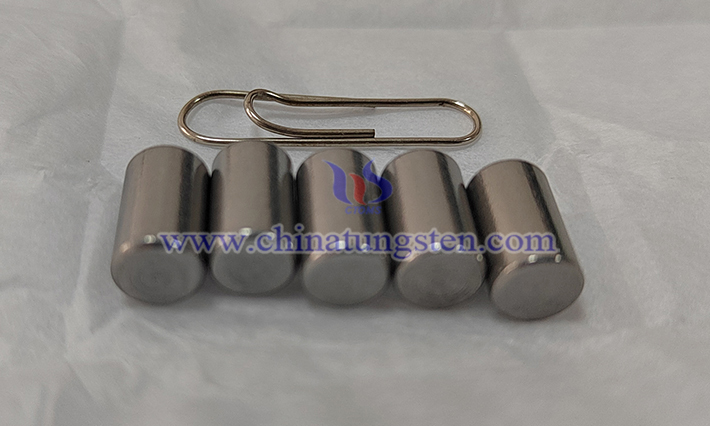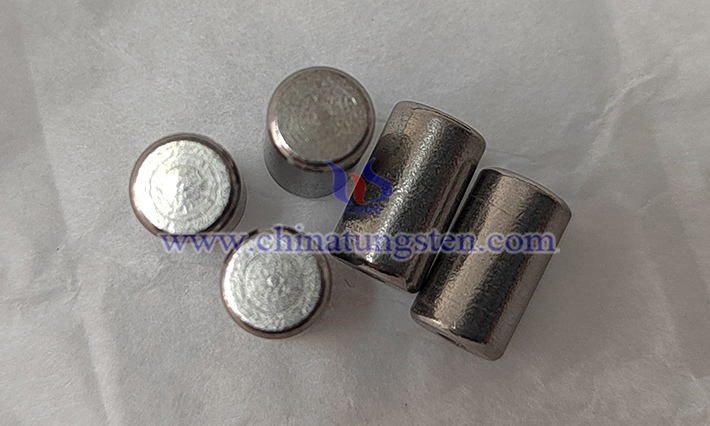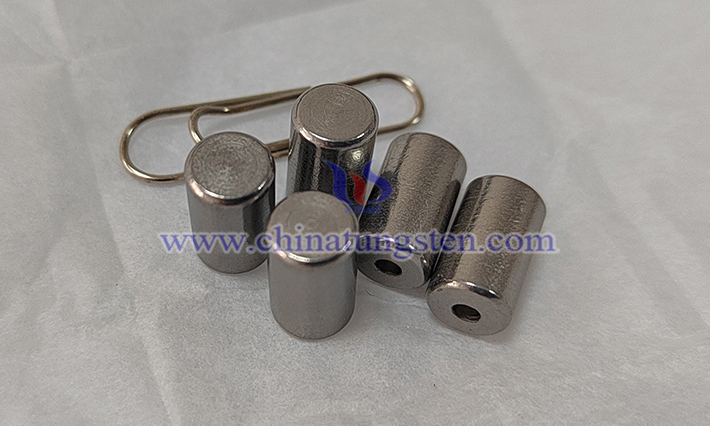What Is the Density of Ammonium Metatungstate?
- Details
- Category: Tungsten Information
- Published on Wednesday, 28 May 2025 15:52
- Written by Xiaoting
- Hits: 250

Ammonium metatungstate (AMT), a typical transition metal compound, appears as a white crystalline powder or slightly yellowish powder, with the molecular formula H28N6O41W12 and a density of 2.3-2.8 g/cm³. It has a wide range of applications. In the field of catalysis, AMT excels as a catalyst and support for reactions like hydrogenation and dehydrogenation in petrochemical processes. In functional materials, it is used to prepare tungsten-based energy storage materials and electrochromic materials. AMT is also utilized in producing ultrafine tungsten powder, tungsten alloys, as well as serving as an analytical reagent and an additive in ceramic materials.
Factors Affecting the Thermal Shock Resistance of Barium Tungsten Electrodes
- Details
- Category: Tungsten Information
- Published on Tuesday, 27 May 2025 17:52
- Written by Zhenghua
- Hits: 243

The thermal shock resistance of barium tungsten electrodes is affected by many factors. The following is an analysis of the main influencing factors:
Read more: Factors Affecting the Thermal Shock Resistance of Barium Tungsten Electrodes
Factors Affecting the Burnout Rate of Barium Tungsten Electrodes
- Details
- Category: Tungsten Information
- Published on Tuesday, 27 May 2025 17:47
- Written by Zhenghua
- Hits: 243

Barium tungsten electrodes are mainly used for certain specific applications, such as plasma welding or discharge machining, and their burnout rate (the loss rate of electrode materials caused by high temperature, arc or other factors during operation) is affected by many factors. The following are the main factors affecting the burnout rate of barium tungsten electrodes:
Read more: Factors Affecting the Burnout Rate of Barium Tungsten Electrodes
Factors Affecting the Thermal Conductivity of Barium Tungsten Electrode
- Details
- Category: Tungsten Information
- Published on Tuesday, 27 May 2025 17:50
- Written by Zhenghua
- Hits: 239

The thermal conductivity of barium tungsten electrode is affected by the combined effect of multiple factors, involving multiple aspects such as material science, thermodynamics and preparation process.
Read more: Factors Affecting the Thermal Conductivity of Barium Tungsten Electrode
Factors Affecting the Emission Efficiency of Barium Tungsten Electrodes
- Details
- Category: Tungsten Information
- Published on Tuesday, 27 May 2025 17:46
- Written by Zhenghua
- Hits: 240

The emission efficiency of barium tungsten electrodes is the result of the coupling of multiple influencing factors, mainly involving material properties, preparation process, working conditions and environment, etc.
Read more: Factors Affecting the Emission Efficiency of Barium Tungsten Electrodes





 sales@chinatungsten.com
sales@chinatungsten.com